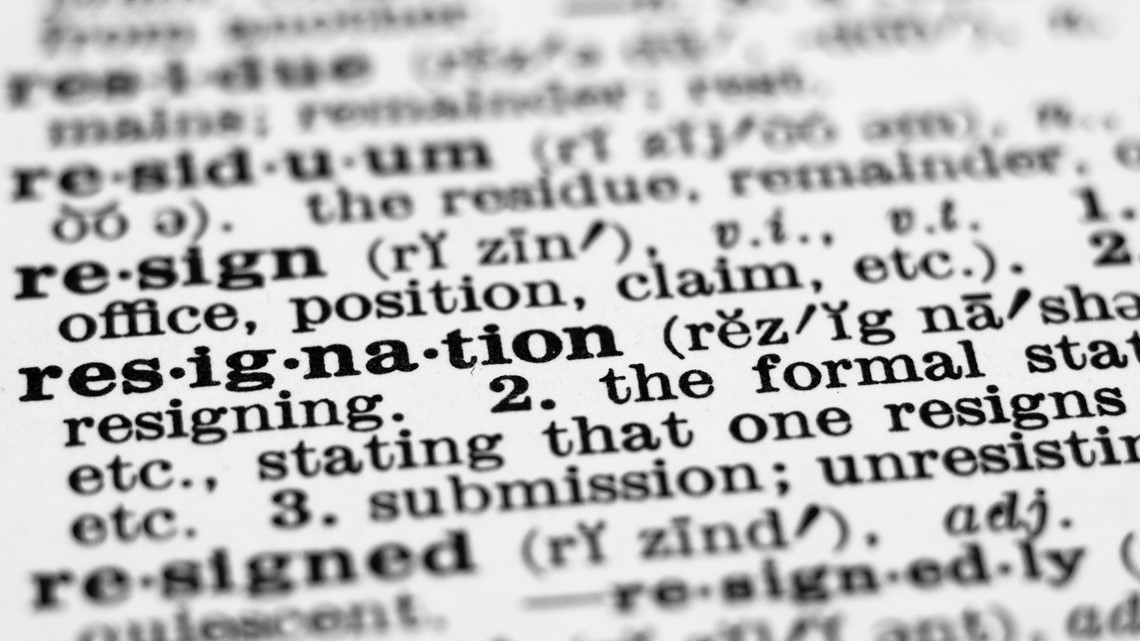Many employees say they’re experiencing burnout and a lack of growth opportunities. However, before you put in your two-week notice, you need to make sure your finances are in order.
Examine Your Monthly Cash Flow
You can reduce a lot of stress by knowing how much money you have coming in and how much is going out. The best way to do this is by writing down all your expenses, including your utility payments, cell phone bills, groceries and entertainment. Then compare those expenses against how much you make. If your expenses outweigh your income, you’re going to have to take a hard look at where you can cut.
Increase Your Emergency Savings
Don’t walk away from your job unless you have an emergency fund that can cover at least six to 12 months of living expenses. An emergency fund is money you can access at any time to cover unexpected expenses, like a medical bill, home repair or trip to the hospital. Even if you save as little as $100 a month, you’re off to a good start. The easiest way to consistently save for the unpredictable is by setting up automatic contributions from each paycheck to a retirement savings account or an emergency savings fund.
Evaluate Your Retirement Vesting Schedule
Depending on your job and how long you’ve been employed, you may be vested in a 401(k) plan. It’s important for your retirement savings to know how much of the match you would be eligible for if you left your job today. If you have some time before you plan to leave, try to max it out. You can save up to $19,500 in your 401(k). If you’re over the age of 50, you have the opportunity to contribute an additional $6,500. This ensures your retirement savings won’t fall behind if you are out of work for a while. Putting more money into the plan can also give you a sense of how well you can live with a smaller paycheck coming in.
Don’t Take on More Debt
Use a debt worksheet to help you keep track of balances, due dates, minimum payments and interest rates. Then, have a plan to tackle your debt. There are two general trains of thought when considering how to pay off debt.
The first is the snowball method. Organize your debt by the amount you owe and tackle your smallest balance first. Then tackle your next smallest balance. Like a snowball rolling down a hill, this method helps you build momentum until all debts are paid.
Then there’s the debt avalanche. This method prioritizes paying off high-interest debt first. With either method, concentrate on paying off one debt at a time, while still making minimum payments on your other debts.






How many of these outfits are telling people ‘no jab. no job.?’ And people are voting with their feet, at that requirement. And how many of these outfits are STILL enforcing the Snot Catcher on the face requirement all day, every day? That, too, becomes a grind, especially when there is no reason for it.
And if a person can avoid the top two issues by staying home and getting paid, why would they elect to ruin their health by working for some thankless, greed bag corporation who is a ‘yes-man’ for the government?